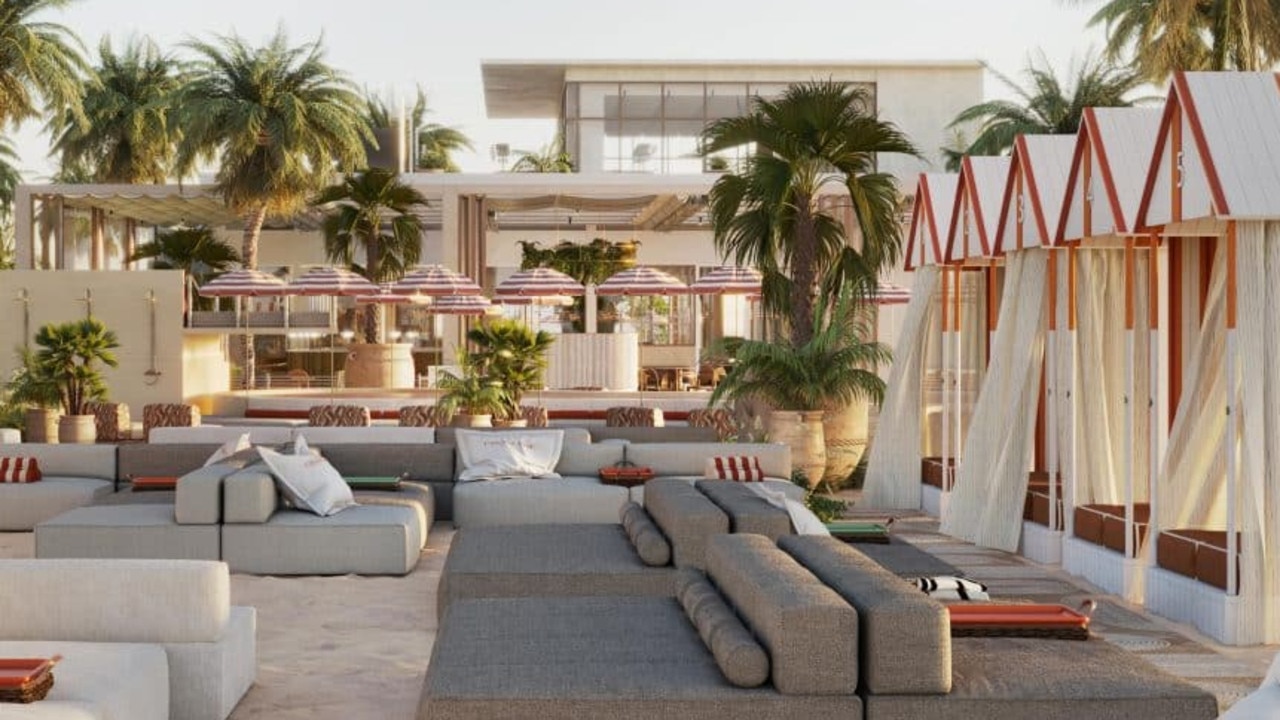What to do, where to stay during a trip to Oman
It’s only an hour away from one of our most popular flight stopovers - yet most Australians couldn’t place this hidden paradise on a map.

It would not be an exaggeration to say most Australians don’t know the country of Oman exists.
The coastal oasis is located on the western point of the Middle Eastern land mass and shares borders with the United Arab Emirates, Saudi Arabia and Yemen, with Iran and India just across the water.
Many would struggle to place it on a map, overshadowed by the political and religious strife of some of its neighbours, and glamour and excess of its others.
Oman feels an entire world — not a one-hour flight — away from the crowds and chaos of Dubai, removed from time and beset by mountains, deserts and sea, and, in the south, the mystical forests of Salalah.
While the beloved Sultan Qaboos bin Said Al Said, who died in 2020, is credited with pulling Oman into the modern age, an old-world charm lingers, and the country balances its colourful culture, heritage and traditions with a laid-back, comparatively tolerant lifestyle.
Rather than moulding itself to the whims and desires of western tourists, the mellow, seaside capital of Muscat gently encourages visitors to relax into it, instead.
Put simply, as Oman Air CEO, Con Korfiatis, does, the country “is not only a convenient gateway to Europe, the Middle East and beyond, but is a stunning and exciting destination in its own right”.
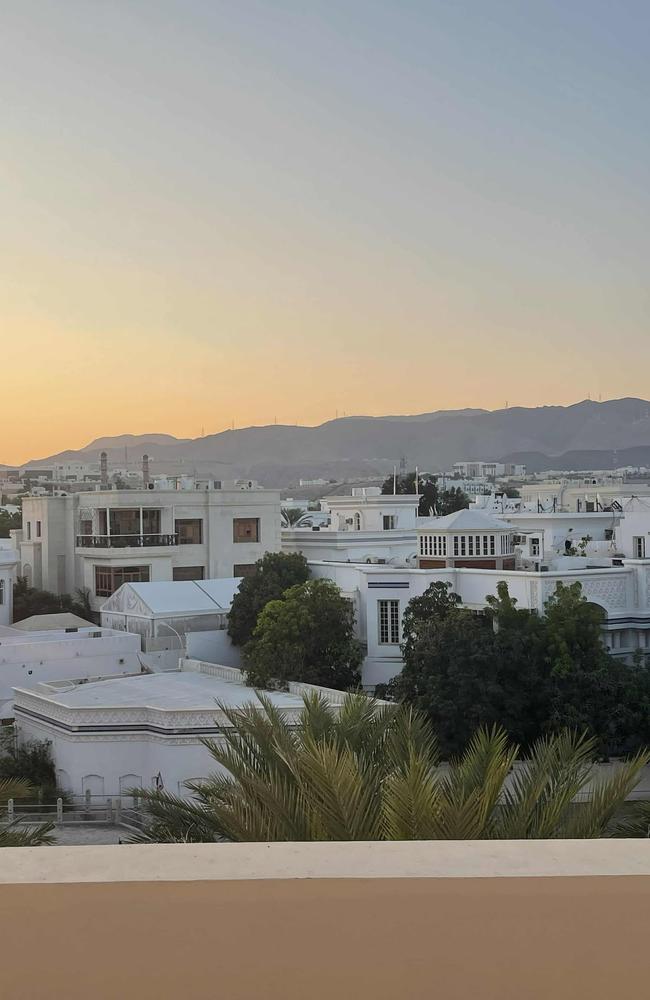
Getting there
The full-service carrier – which operates more than 700 flights each week to upwards of 40 destinations – has partnered with Qantas’ Frequent Flyers scheme, offering members access to Business and Economy reward seats, with Business Studio seats – one of the world’s most spacious suites – to follow early next year.
“We know how much our members love to use their points to book international reward seats, with record numbers redeemed in the last 12 months,” Qantas Loyalty CEO, Andrew Glance, says.
“The partnership with Oman Air is an exciting expansion to the program and will unlock tens of thousands of reward seats to places like London, Paris, Frankfurt and Milan each year.
“Frequent Flyers also tell us that exploring new destinations is high on their priority list, so this partnership will be welcome news for members eyeing their next overseas adventure.”
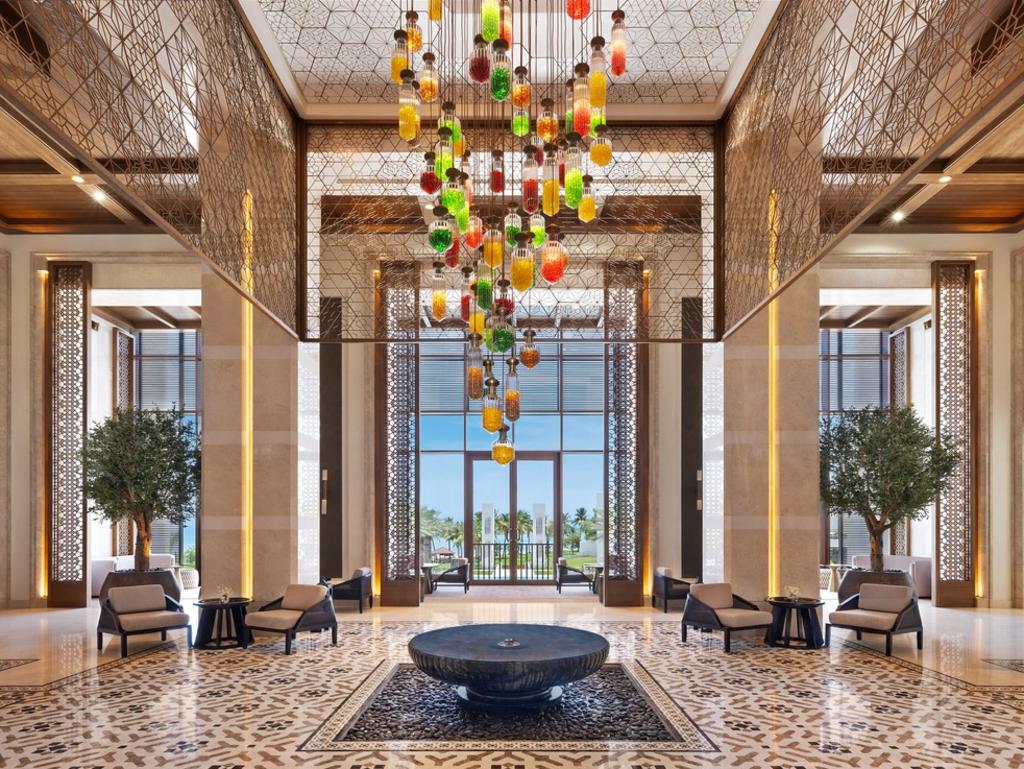
Where to stay
Qantas Frequent Flyers can also use their points on hotel stays across Oman through Qantas Hotels.
Of this, there is no shortage. Visitors to Muscat are spoiled for choice, with a crop of luxury hotels opening in the past 12 months and established faithfuls – like The Chedi – which, similar to Oman itself, should not be overlooked.
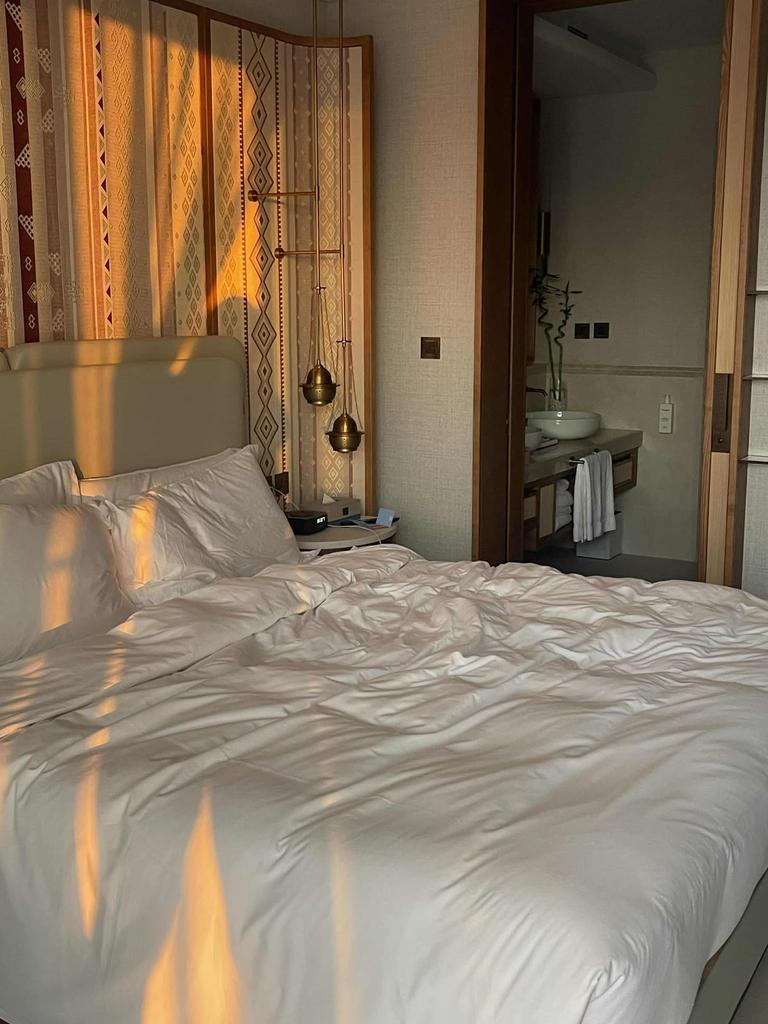
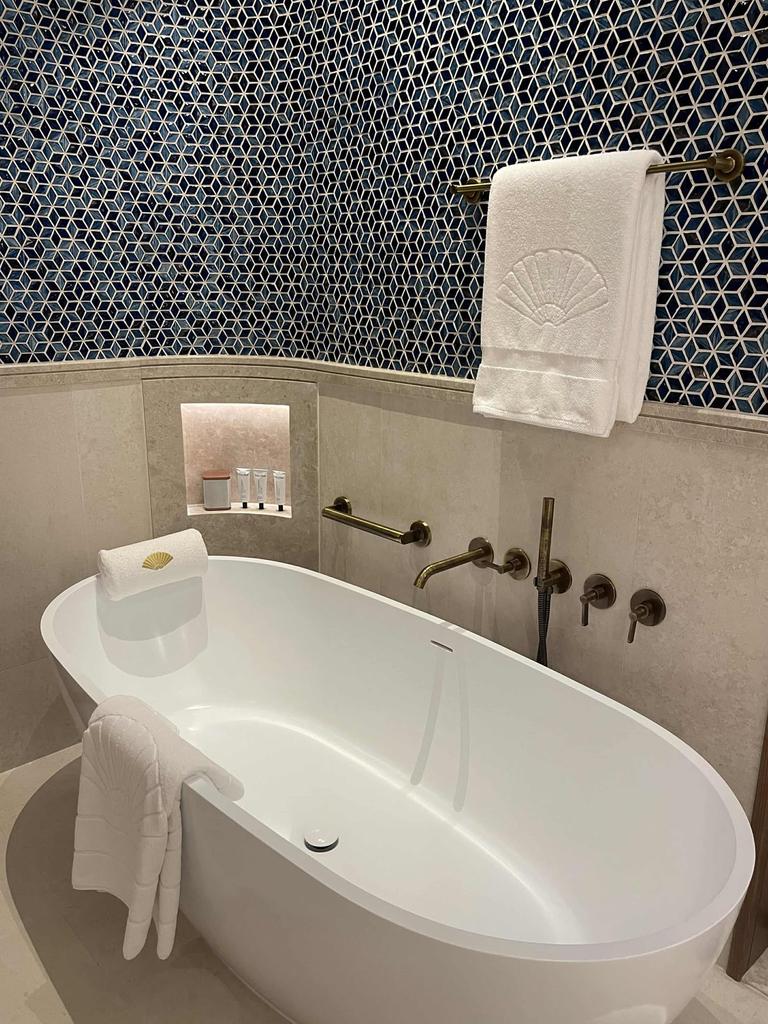
Chief among the new guard is the Mandarin Oriental, which opened this June. Nestled along the coastline in the city’s Shatti Al-Qurm district, the hotel’s beauty – with a design that pays deep homage to that of its location – is only emphasised by the tranquillity it exudes.
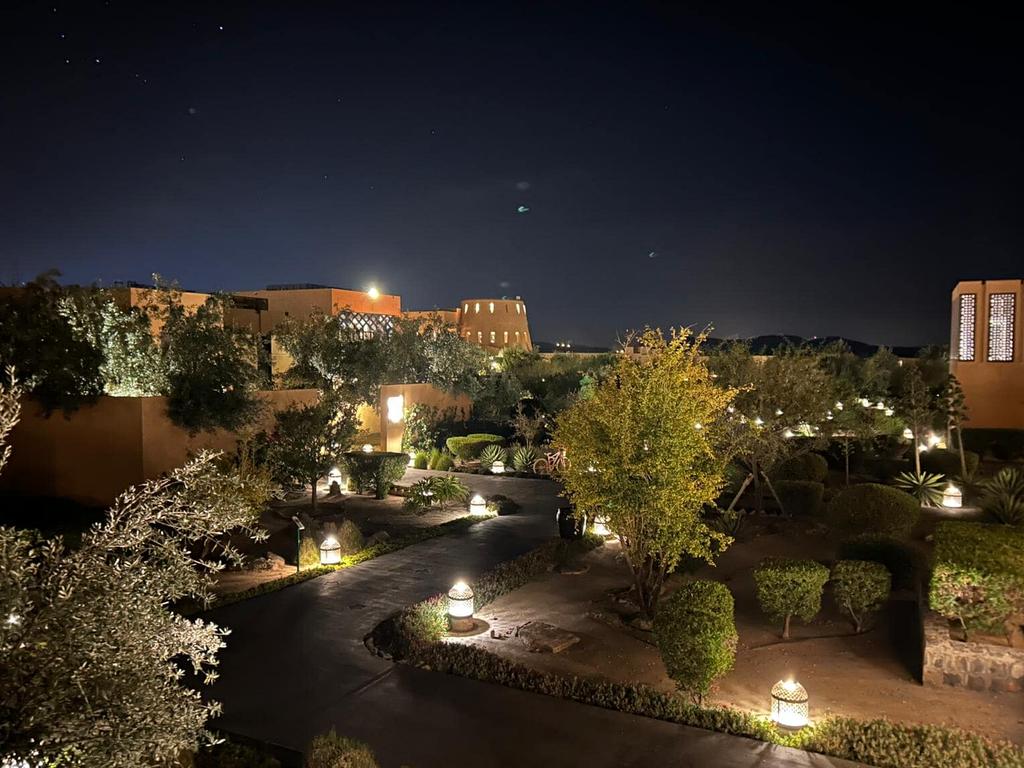
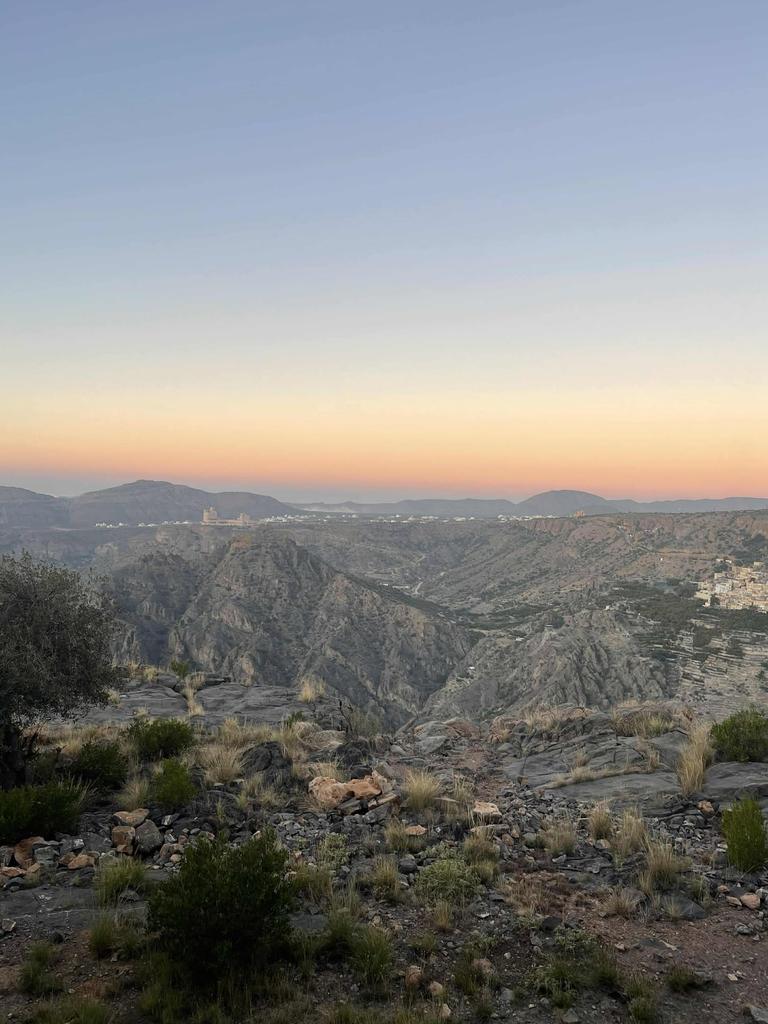
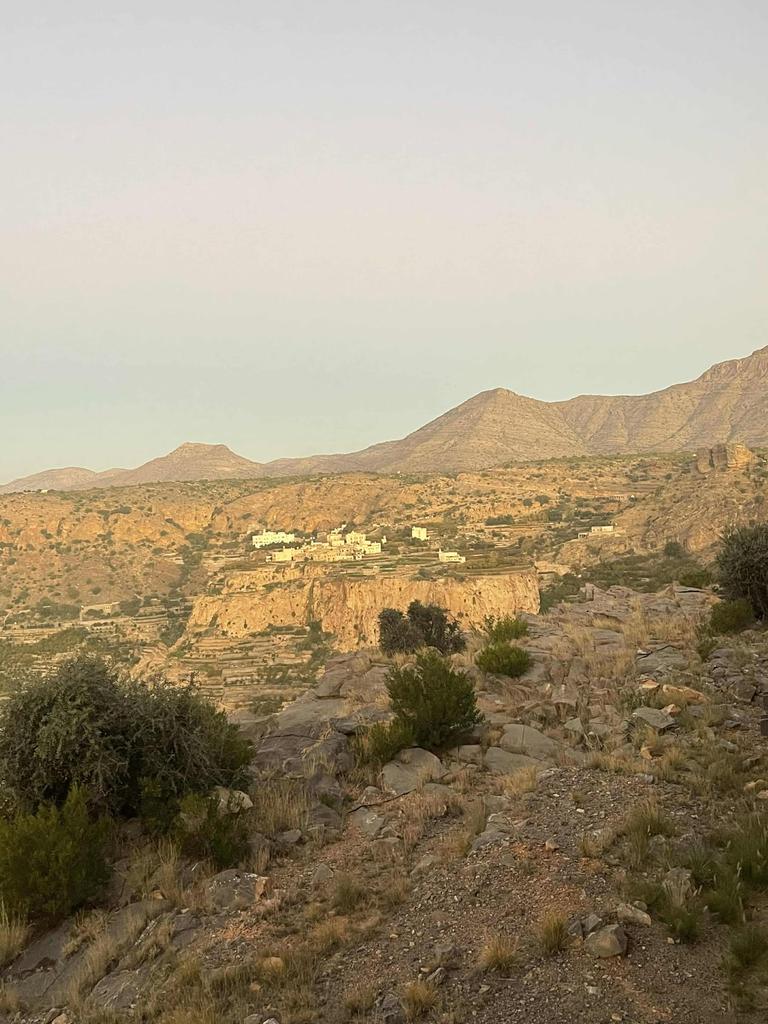
Perched atop Jabal Akhdar (which loosely translates to “green mountain” in Arabic), there are two five-star resorts to pick from: Alila or Anantara.
Our stay is at the latter – which opened in October 2016 and where high expectations are matched by the sprawling, citadel-like hotel’s 2000-metre altitude. Anantara blends seamlessly into its rugged surrounds, with views of the canyon its located atop of at every turn, including from the famed “Diana’s Point” overlook, where the late Princess of Wales once stood during a 1986 visit with Prince Charles. Suffice to say, the scenery rivalled anything I’d ever seen.
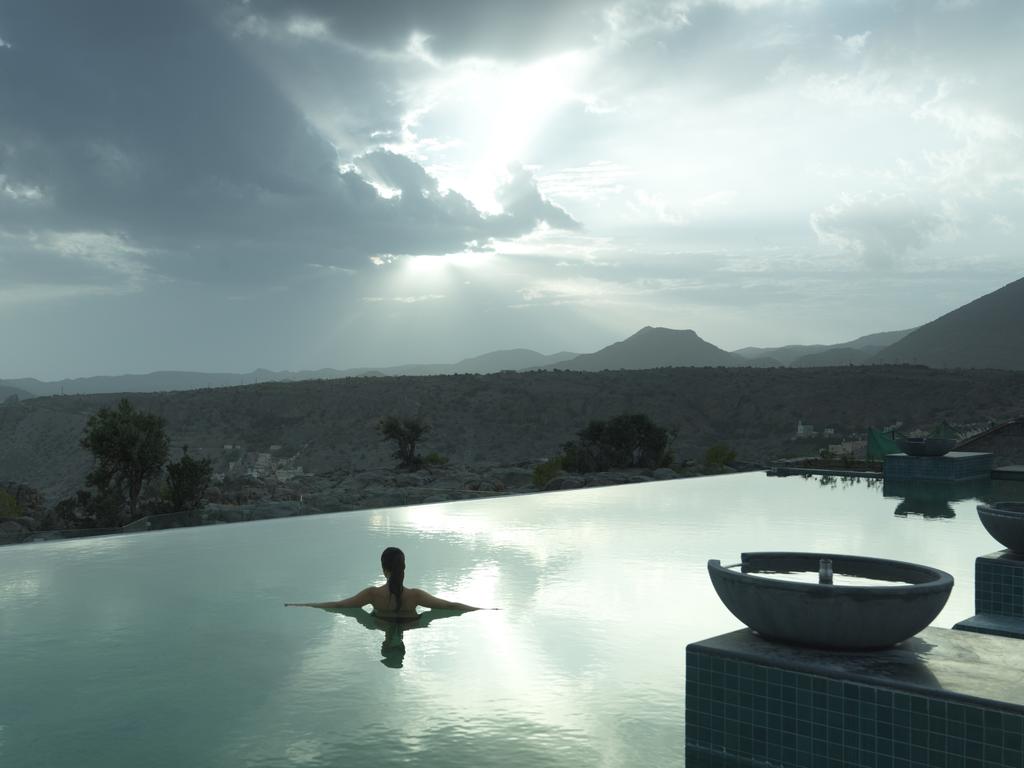
What to do
The climb to Anantara is one so steep it can only be done by four-wheel drive – and there’s no shortage of sites to visit and things to do as you make your way out of Muscat and into the mountains.
Oman’s former capital, Nizwa, is a must, with a buzzing, frankincense-hazed souk – replete with a Friday morning goat and cattle market just outside its walls – that encompasses the circa-17th century Nizwa Fort. The date market within the souk is a personal highlight – with pile upon pile of loose date varieties to sample before purchasing a pack (or five).
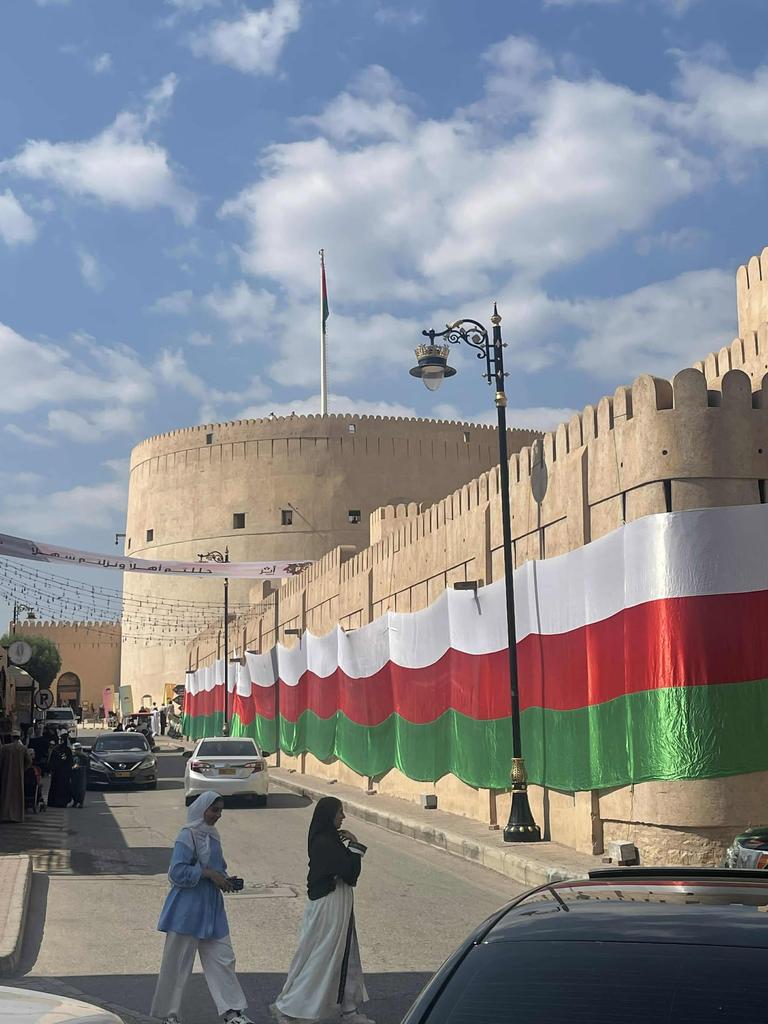
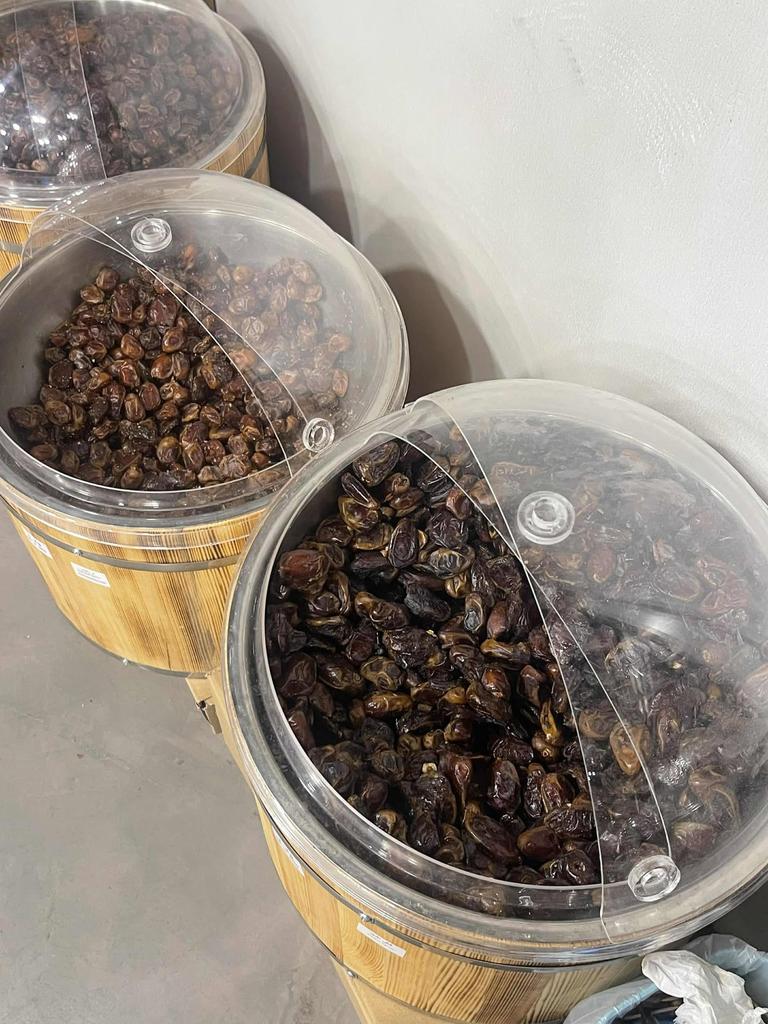
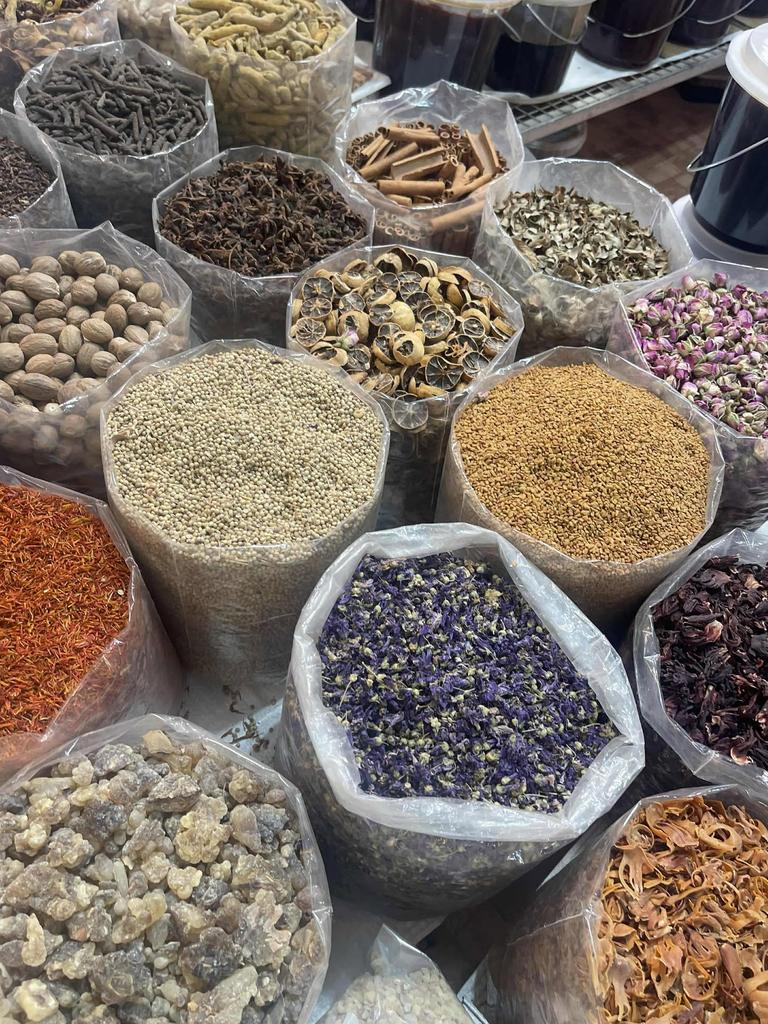
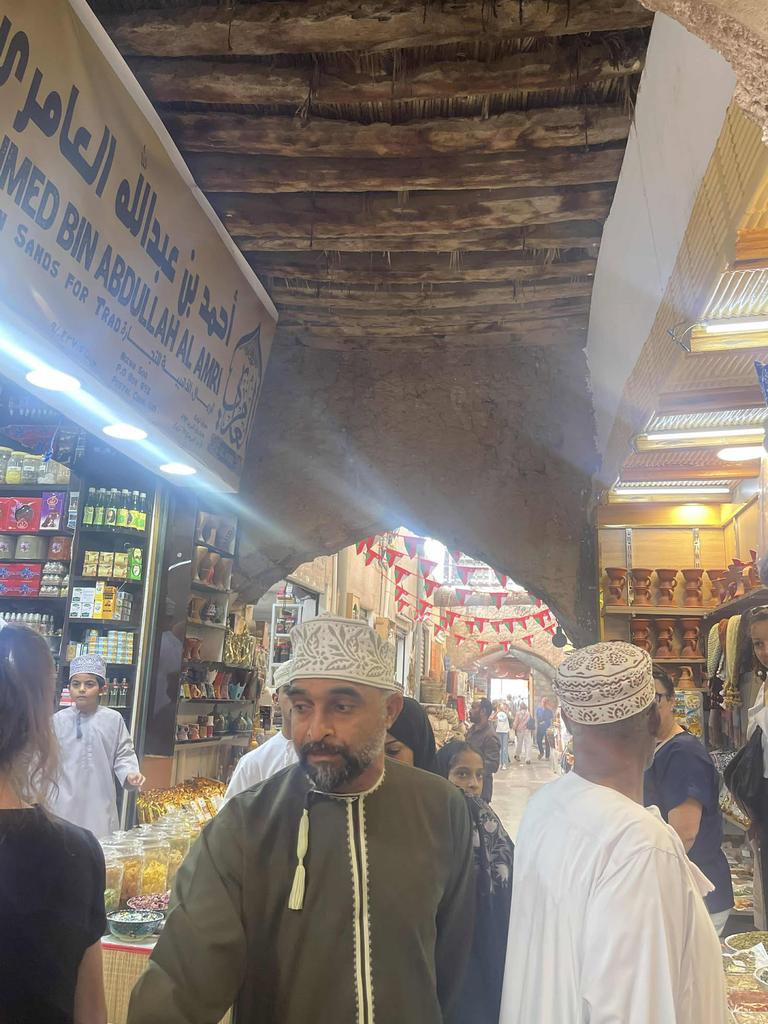
About 40km further southwest is Bahla, home to Oman’s first UNESCO World Heritage-listed fortress. The nearby 17th-century Jabreen Castle is also not to be missed.
Once up in the mountains, take advantage of the noticeably cooler climate and embark on a guided walk to the nearby, 400-year-old abandoned villages.

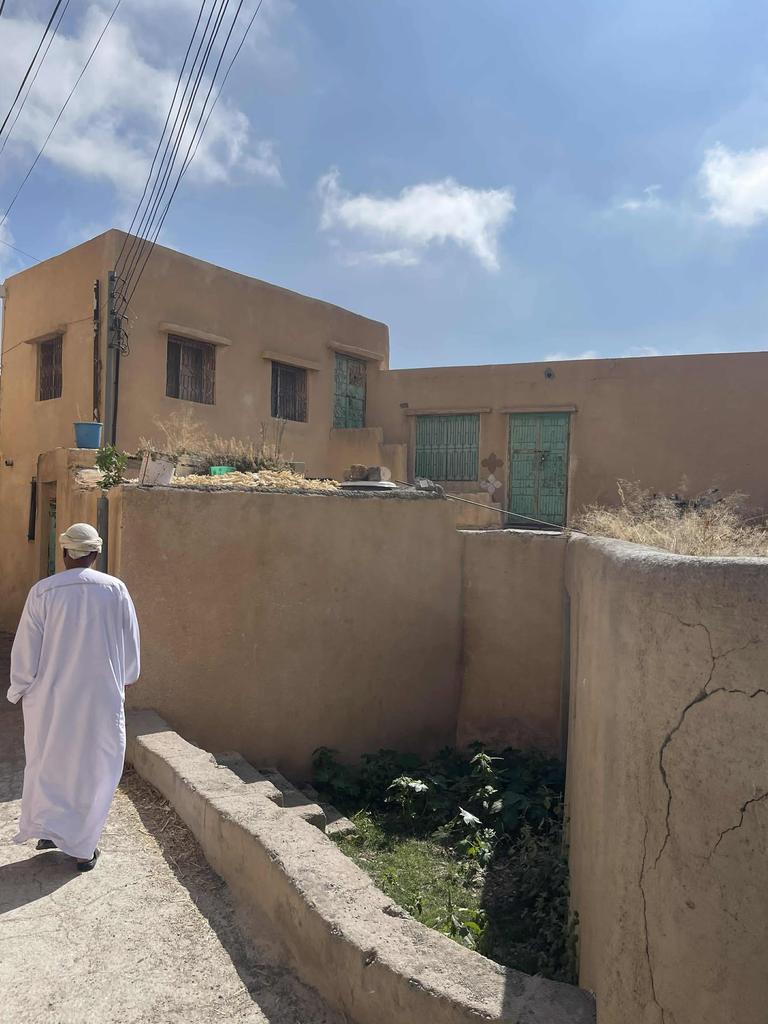
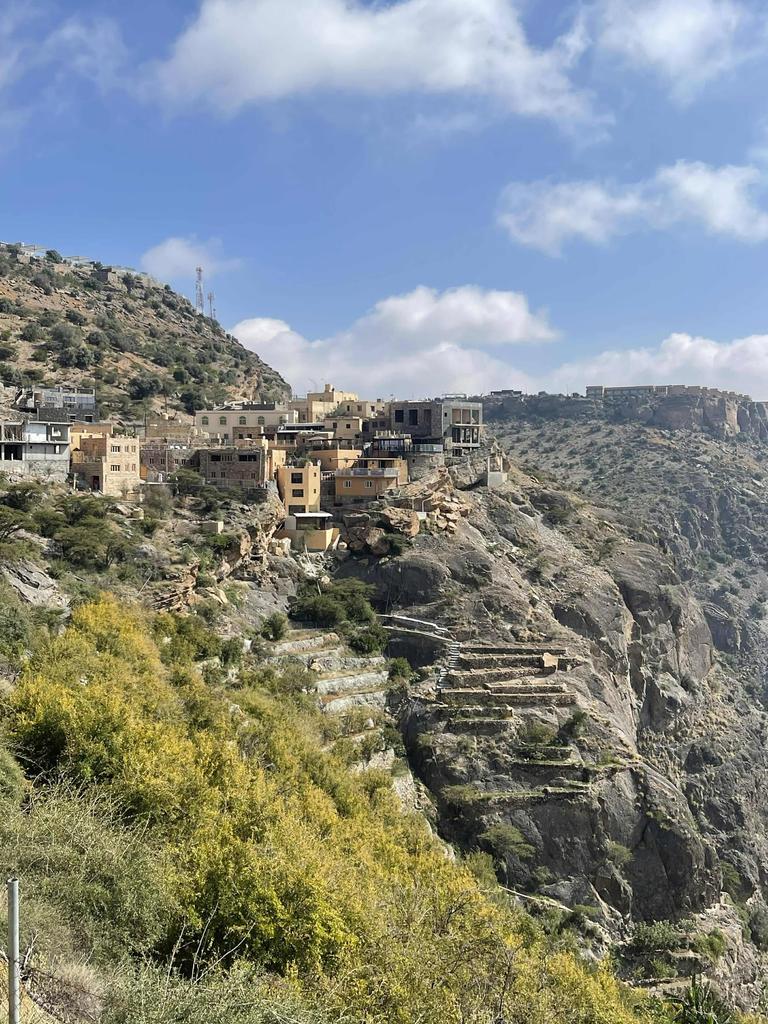
As for Muscat itself, it would be a fool’s errand to bypass the jewel in the city’s crown – the Sultan Qaboos Grand Mosque. Opened to all in 2001 to celebrate the 30th anniversary of the Sultan’s reign, it is Oman’s largest house of worship, with a single-piece silk carpet that took four years to weave by hand and is the second-largest in the world. At the Mosque’s heart is an 8.5 tonne Swarovski chandelier, for which ‘dazzling’ is too weak a descriptor.

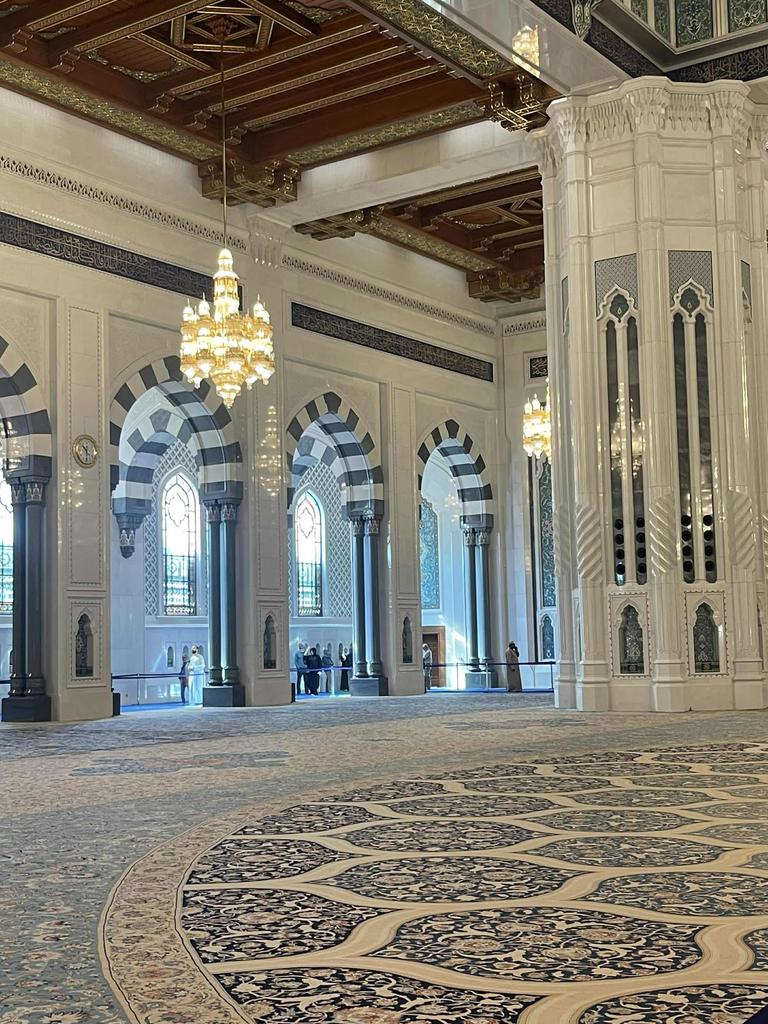
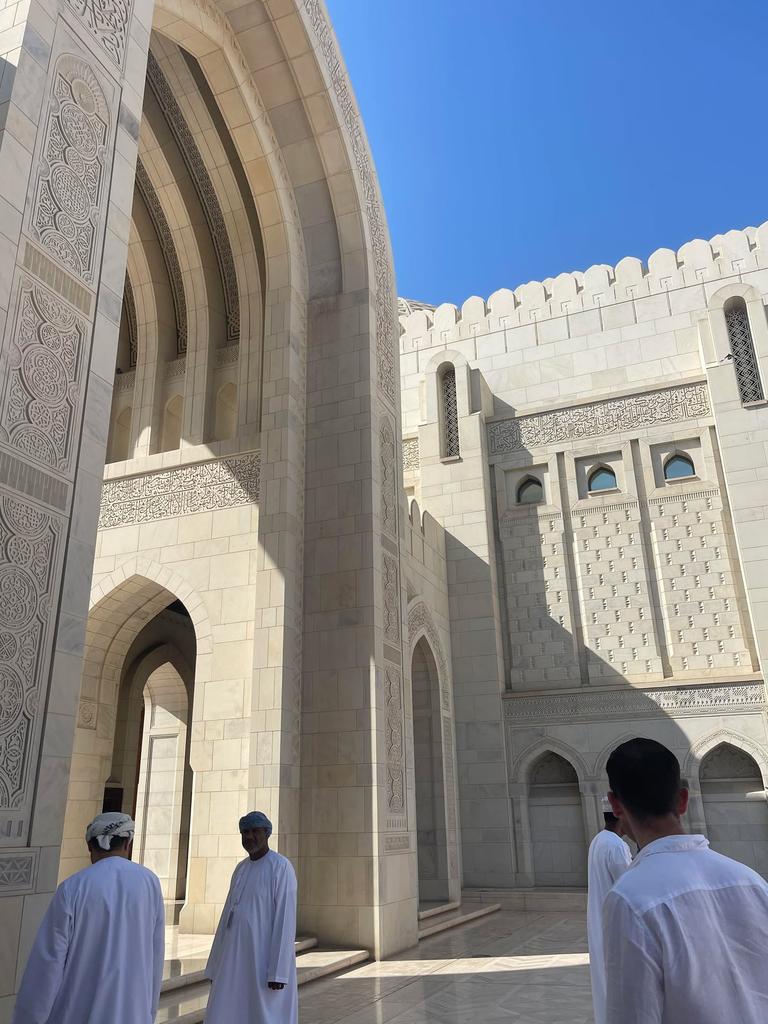
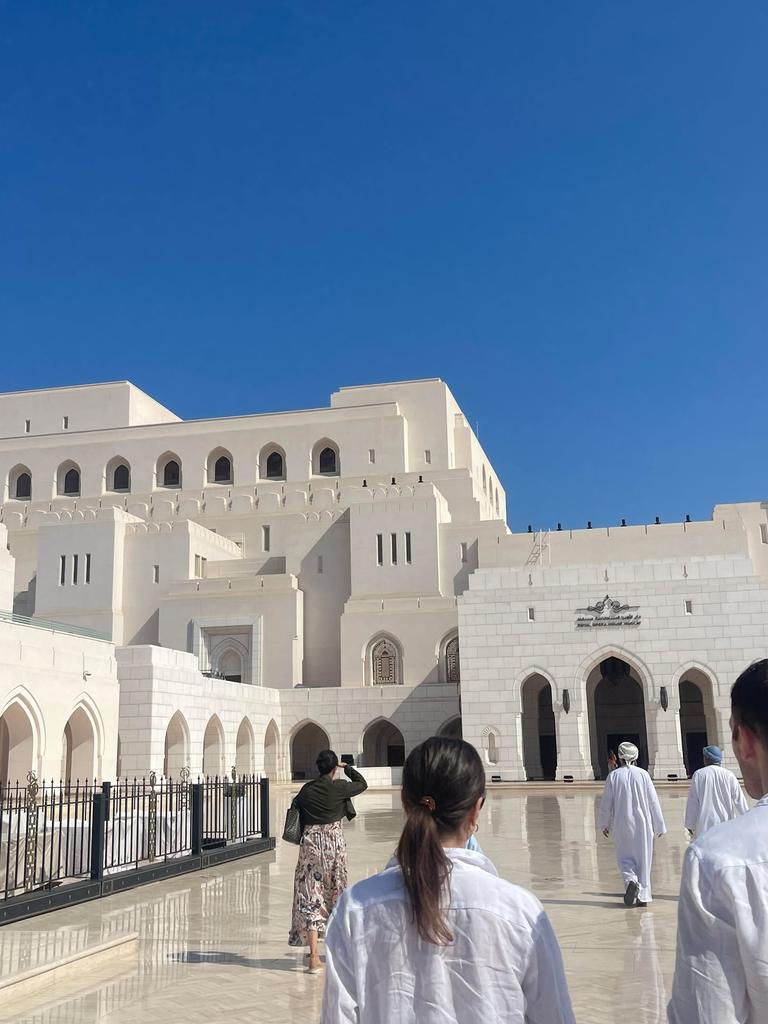
Almost as impressive is the nearby Royal Opera House, a resplendent wonder of white stone and marble that was built in 2011.
Taking in the coastline from the vantage of a sunset cruise – a round-trip that departs and docks in the city’s old quarter, lauded over by the Al Mirani and Al Jalali – is pure magic. Muscat’s stretch of all-white, Arabic architecture is uninterrupted, save for the multi-coloured Al Alam Palace, largely used for the Sultan’s ceremonial purposes, and a scattering of other government buildings.
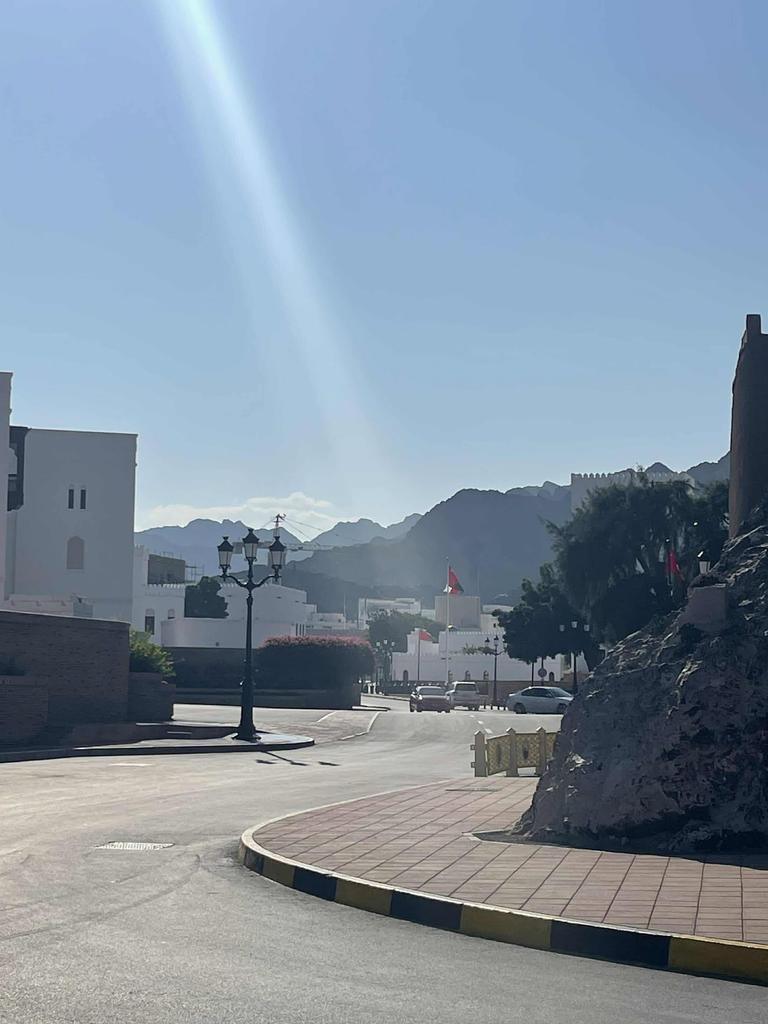

For all its charm and natural beauty, Oman’s most lasting impression is the graciousness and warmth of its people.
More Coverage
Every experience – from the flight to the souks, restaurants and hotels – is all the more special for their genuine pride in and enthusiasm for their country, boundless generosity and hospitality.
This alone is worth making the trip.
This writer travelled to Oman as a guest of Qantas and Oman Air






